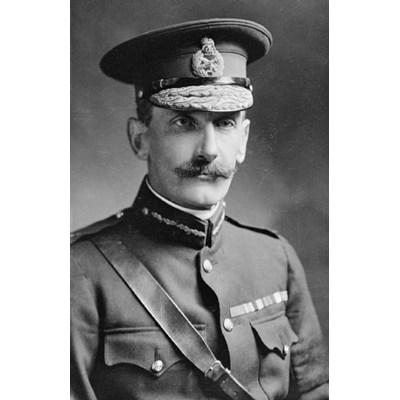Henderson, Sir David (1862 - 1921)

Major General, Argyll and Sutherland Highlanders
Buried at
Commemorated at (1862 - 1921)
Major General Henderson was born and educated in Glasgow. He joined the Army, receiving his commission in the Argyll and Sutherland Highlanders.
He served as Staff Captain (Intelligence) at British Army Headquarters in the Sudan (1897-1898) and as Director of Military Intelligence in the Second Anglo-Boer War (1901-2).
His studies of Field Intelligence: Its Principles and Practice (1904) and The Art of Reconnaissance (1907) consolidated his reputation as the British Army's leading authority on tactical intelligence in the years leading up to the First World War.
In 1911, aged 49, Henderson learned to fly (he is believed to have been the world's oldest pilot at the time). He was appointed Director-General of Military Aeronautics in 1913 and assumed command of the Royal Flying Corps in the field on the outbreak of war in 1914.
Henderson's combination of interests and expertise ensured that the Royal Flying Corps played a leading part in intelligence gathering and reconnaissance throughout the First World War.
Henderson returned to London as Director-General of Military Aeronautics in February 1916. In 1917 he was seconded to General Jan Christian Smuts, who had been charged with reporting on Britain's air policy in the light of German fixed bombing attacks on British cities.
Henderson's views were vital in the foundation of the Royal Air Force and he largely wrote the Smuts Report. After the war, Henderson became Director-General of the League of Red Cross Societies in Geneva, where he died in 1921, aged 59.
His only son, Captain I H D Henderson MC, was killed, aged 21, while commanding a squadron of the Royal Flying Corps in 1918.
Henderson features on the Faces of the First World War of the Imperial War Museum. Find out more about this First World War Centenary project at www.1914.org/faces.




